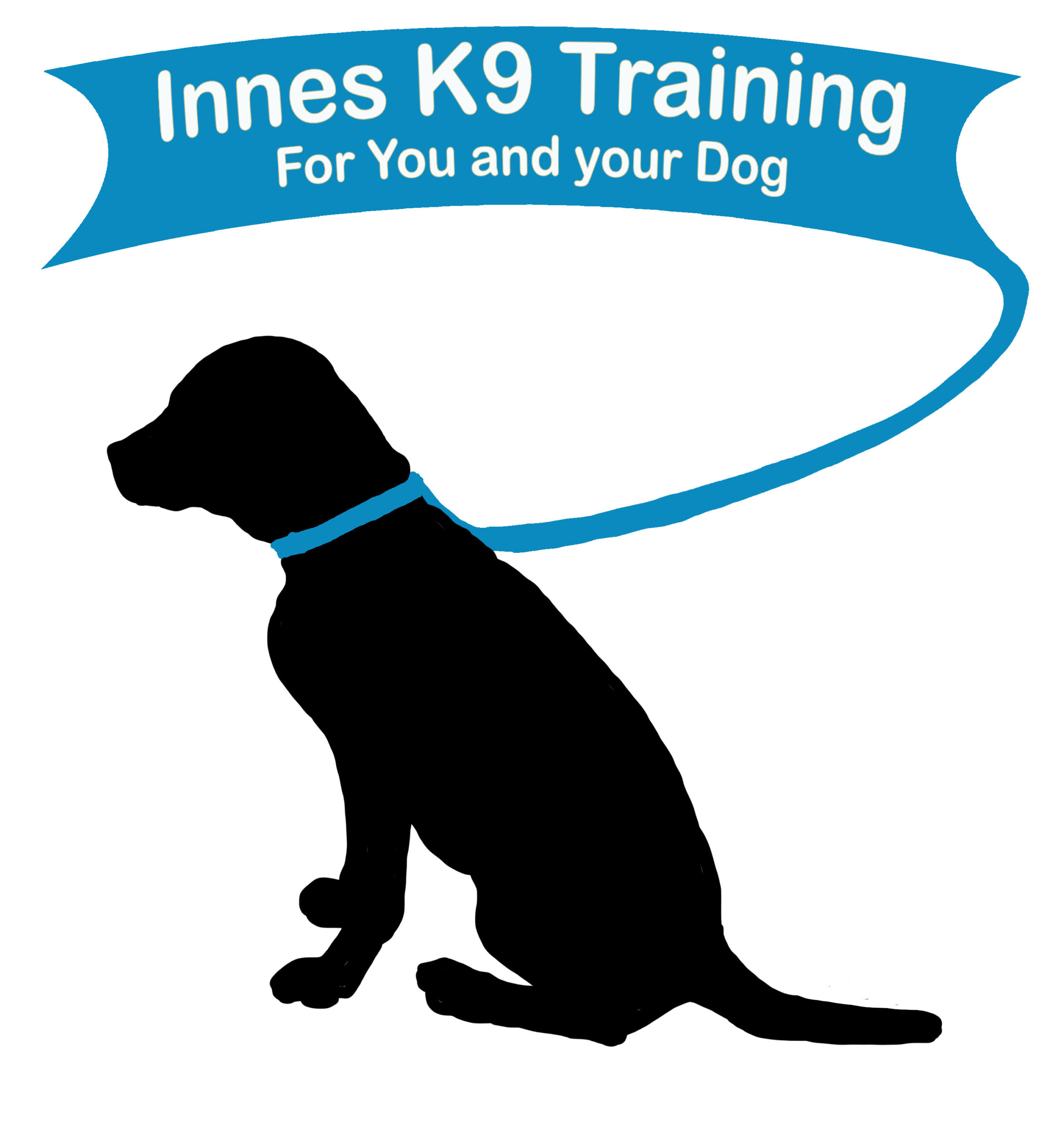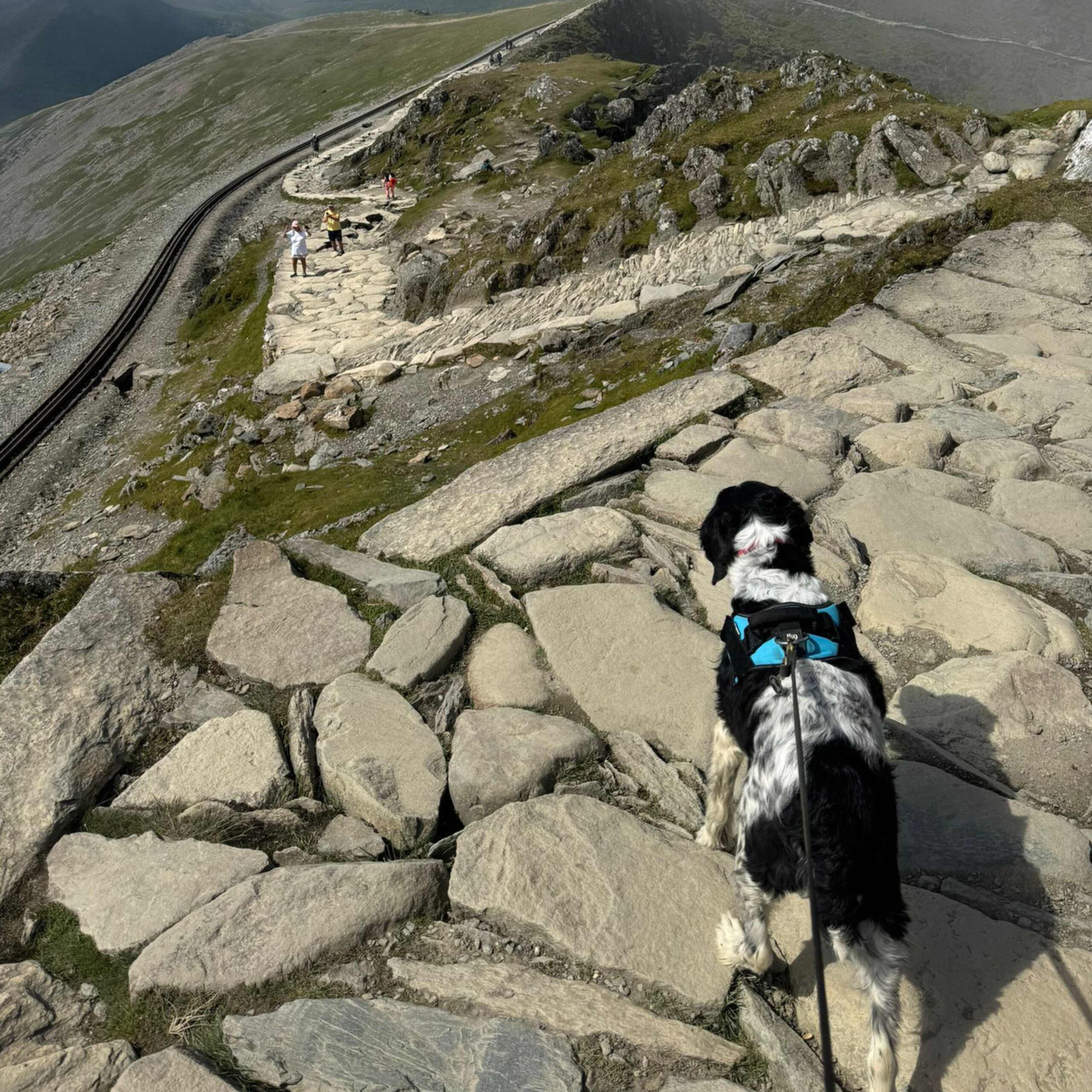Advanced dog scent work training builds upon basic scent detection skills. It focuses on complex searches, scent discrimination, and specialised applications like search and rescue.
Dogs are taught to identify and alert to specific scents, navigate more challenging environments and tolerate distractions while searching. For high energy dogs this can be a really effective way of keeping them focused and managing energy and behaviour.
Advanced Scent Work
- Scent Discrimination : Training dogs to differentiate between multiple scents and alert only the target scent.
- Area Searches: Teaching dogs to search specific areas, objects, or environments effectively, including indoors, outdoors, on vehicles, and in various terrains.
- Distraction Management: Developing skills to help dogs maintain focus and ignore distractions during searches.
- Alerting Techniques: Teaching dogs to alert the target scent in a specific way, such as sitting, lying down, or freezing, based on the desired application.
- Search & Rescue: Specialised training for dogs to locate individuals in emergency situations, requiring advanced scent discrimination, area search, and the ability to function under pressure.
Benefits of Advanced Scent Work
- Enhanced Mental Stimulation: Scent work engages the dog’s brain and provides a rewarding mental challenge.
- Improved Focus and Concentration: Training dogs to ignore distractions and maintain focus during searches.
- Increased Confidence: Scent work can boost a dog’s confidence and self-esteem.
- Stronger Bond with Owner: Scent work training fosters a strong bond between the dog and its owner.
- Potential for Professional Applications: Advanced scent work training can lead to opportunities in search and rescue, detection, and other specialised fields.
Tracking
Tracking training teaches dogs to follow a scent trail left by a person or animal, using their highly developed sense of smell.
It involves the dog following a track, often through different terrains and weather conditions, and indicating on any evidence (like scent articles) found along the way. This type of training can be used for both recreational purposes and in dog sports like Working Trials.
- Scent Following: Tracking dogs are trained to follow the scent of crushed vegetation left by footsteps. They learn to keep their nose down and follow the entire track, not just the end.
- Signalling a find: Tracking dogs are taught to identify and indicate on any scent articles (like clothing or other items) left by the individual being tracked.
- Variety of Terrains: Tracking training can be done in different environments, including fields, meadows, and even urban areas.
- Natural Instincts: Tracking engages a dog’s natural ability to follow scent trails, making it a fun and engaging activity for them.
- Mental Stimulation: Tracking is a mentally challenging activity that provides a good outlet for a dog’s hunting instincts and can help manage energy levels.
- Bonding: Tracking training can be a great way to strengthen the relationship between the dog and its handler.
- Competitive Aspect: Tracking can be a competitive sport, with organisations like the UK Tracking Dog Association assessing the skill of dogs in following tracks.

